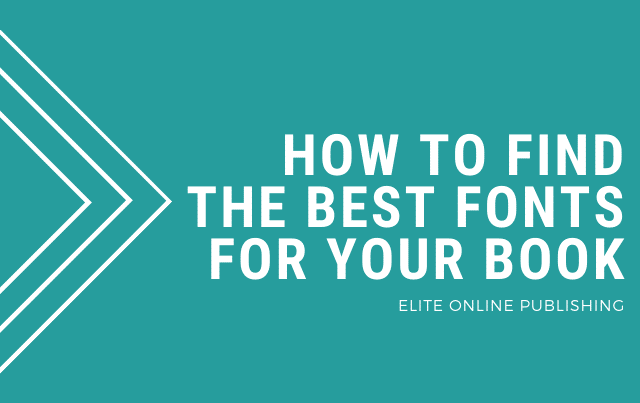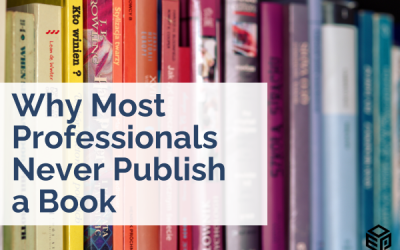How to Find the Best Fonts for Your Book
Believe us or not, there is a method behind the madness in choosing a strategic font that goes beyond personal preference. A variety of things needs to be taken into consideration, such as the material (Is it print? What size is the scale of the piece? Digital? Phone screen or laptop? Do you need to find a font that does it all well?) In addition to aesthetic design, it’s equally important to consider the reader: Does this font have high readability? Does it match the message that I’m conveying? It may seem overwhelming at first, but we’ll break it down for you. You’ll be a pro in no time.
Readability
Readability describes the visual comfort of a design. Have you ever tried to read a paragraph of thin grey text on a white page? Do you find yourself squinting? It’s probably more challenging than black or dark grey text…And while the light grey may be “pretty” and add an interesting design element for short phrases, you also don’t want your older readers to struggle or feel frustrated with your work!
Some other factors that go into Readability (other than color) are font size, height and thickness between letters and entire words, the spacing between the letters, and also the size of the serifs.
A Serif font can help with readability because it was designed to mimic the natural progression of how your eyes follow each letter across a page – the same way they would read real handwriting. The most common Serif font is “Times New Roman”. In contrast, a San Serif font is great for bold, large headlines. They’re graphic and strong. A famous example is “Helvetica”. There are always exceptions to this rule, but it’s hard to go wrong with a serif paragraph paired with a san serif headline!
Our Choice Fonts for Body Copy
- Adobe Caslon Pro Regular
- Garamond
- Jenson
- Minion
- Palatino
Our Choice Fonts for Headings
- Balboa Bold
- Helvetica
- Montserrat
- Bebas Neue
- Futura
How to Choose a Font
I know, there as so many choices, and this is just a tiny selection! How do you choose? Don’t get overwhelmed. Our first word of advice: Don’t choose too many font styles. Stick with two (three max). You can also try a few variations out with the table of contents and first chapter of your book, and see which you prefer.
Another hot tip: choose a font that already has a built in font family. Take Helvetica for example: Inside of Helvetica, there’s several different size weights, but they are all still cohesive and within the Helvetica family (Helvetica Thin, Helvetica Bold, Helvetica Regular, etc.). You’ll find your book will look way more professional if you pair two of your three font’s from the same family.
Learn straight from the pro’s, and skip over the confusion. Save time by spending 1-on-1 time learning from the best: Melanie Johnson and Jenn Foster, as they walk you through the in’s and out’s of your book creation. Visit VIP Book Content Creation Day to learn more about how easy it can be!




0 Comments